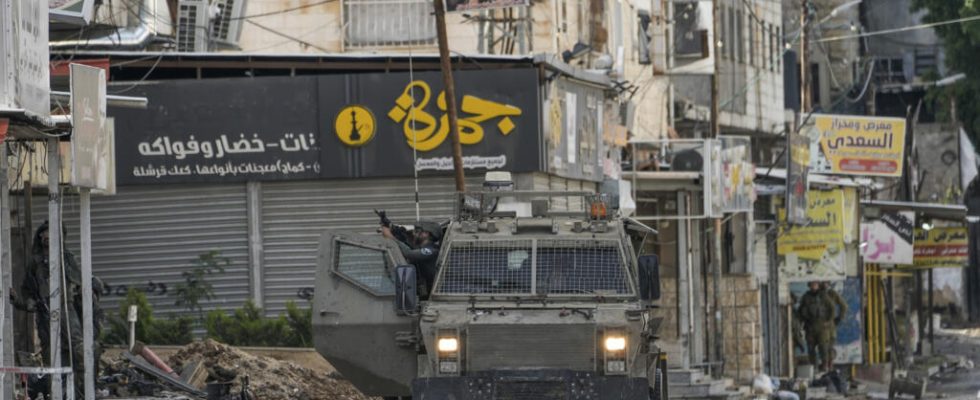This Sunday, April 7, it will be six months since the war in Gaza began. In addition to the dramatic human toll – the Hamas attack on October 7 caused the death of around 1,160 people on the Israeli side and the military operation launched in retaliation in the Gaza Strip left more than 33,000 dead – the consequences of war are also economic.
2 mins
First on the infrastructures in the Gaza strip. The World Bank estimates the amount of destruction over the first 4 months of the war at more than 18.5 billion dollars. This represents the combined GDP of the Gaza Strip and the West Bank in 2022.
Housing is the first affected (76%) but the destruction concerns all sectors of the economy: from energy, to water supply, including businesses, health establishments, schools and roads. .
The Gaza Strip, already asphyxiated by more than fifteen years of blockade, has been paralyzed since October 7: in the fourth quarter of 2023, GDP collapsed by almost 80%, according to the World Bank. The International Labor Organization, ILO, estimates that at least 200,000 jobs have been lost in the Gaza Strip.
Read alsoGaza Strip: war damage to “critical infrastructure” estimated at 18.5 billion
The occupied West Bank hit hard
Still on the Palestinian side, the West Bank is not the target of bombing and yet the occupied Palestinian territories are suffering from the war. Since October 7, nearly 150,000 Palestinians who previously worked in Israel in sectors such as agriculture or construction have had their work permits revoked. The loss of income for households and their consumption is enormous.
The unemployment rate in the West Bank has doubled since the start of the war. According to the Palestinian statistics office, it reaches 30% (compared to 14% before the war).
At the same time, access to most towns and villages is restricted by the Israeli army, complicating trade and driving up prices. All this led to a 22% drop in GDP in the West Bank over the last three months of the year.
Read alsoWest Bank: Palestinians denounce a situation of apartheid
The Israeli economy is resilient
Without Palestinian labor, sectors such as construction or agriculture are slowing down Israel. The mobilization of 360,000 Israeli reservists also dealt a heavy blow to business activity
Expenditures by the Israeli state have doubled: both to rehouse evacuees and to finance the operation in Gaza. Result: in the last quarter of the year, GDP fell by 20%.
But the Israeli economy is resisting. The shekel has stabilized, inflation is under control, and growth, over the whole of 2023, remains positive at 2%.
Read alsoWar in Gaza: are American threats towards Israel starting to bear fruit?
